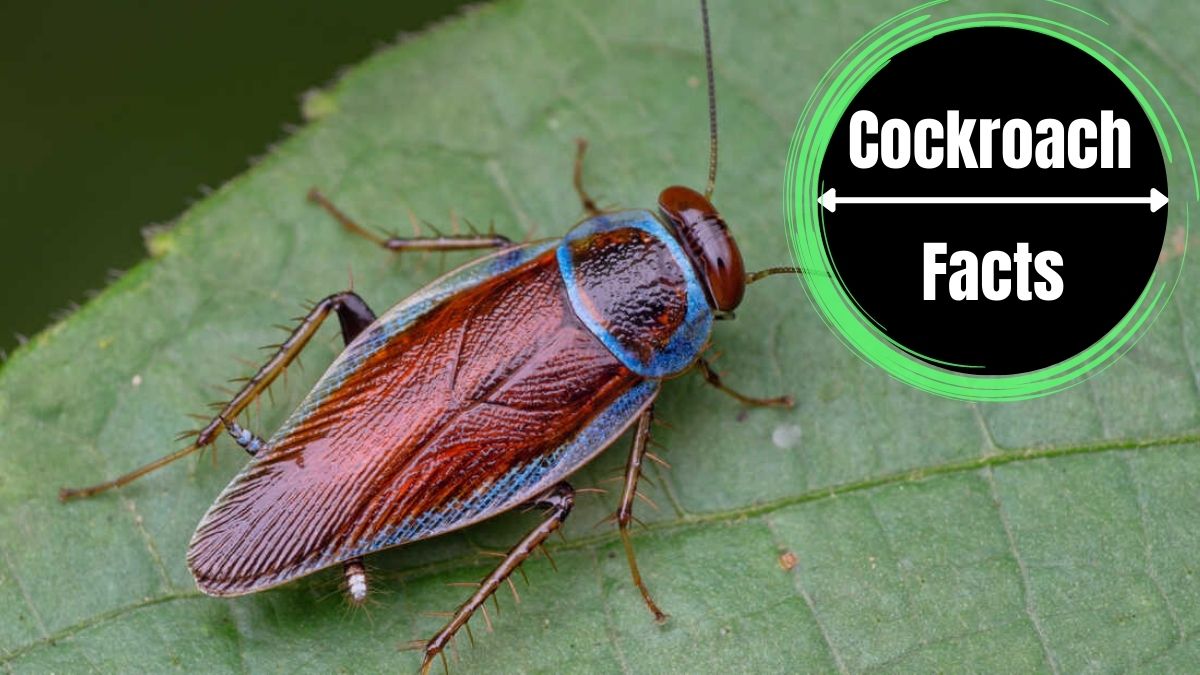Cockroaches are often associated with skittering movements and an eerie presence in the dark corners of our homes. While they may not be known for their melodic tunes, there is a curious question that arises: Do cockroaches make noise? In this guide, I will delve into the intriguing world of cockroach communication and explore whether these resilient creatures produce audible sounds based on scientific research.
The World of Silent Scuttlers
At first glance, cockroaches may seem silent, going about their nocturnal activities in stealth mode. Unlike some insects that are known for their buzzing, chirping, or humming, cockroaches do not have specialized organs for producing sounds. They lack the ability to create sound by rubbing body parts together, like crickets or grasshoppers.
Subtle Vibrations: The Secret Language
While cockroaches may not produce audible sounds, they have a unique method of communication through subtle vibrations. These vibrations are created by their movements and can be detected by other cockroaches. This form of communication is crucial for various aspects of their social behavior, including mating, establishing territories, and even warning others about potential dangers.
Courtship Vibrations: Wooing the Mates
During courtship, male cockroaches use vibrational signals to attract females. They produce rhythmic patterns of vibrations by tapping their legs or abdomen against surfaces. These vibrations are believed to transmit information about their fitness as potential mates, signaling their readiness to reproduce.
Aggregation Signals: Gathering Together
Cockroaches also use vibrational signals to communicate their presence and establish group cohesion. When cockroaches gather in large numbers, they create subtle vibrations that act as signals to indicate a safe space or suitable resources. These signals help in coordinating activities and promoting group behavior.
Alarm Vibrations: Warning of Danger
In the face of danger, cockroaches emit specific vibrational signals that serve as alarm calls to alert others in the vicinity. These warning signals prompt nearby cockroaches to take evasive actions, such as scattering or seeking shelter. It is believed that these signals aid in the survival of the colony by minimizing exposure to threats.
Understanding the Silent Language
While cockroaches do not produce sounds audible to human ears, their ability to communicate through vibrations showcases their adaptability and resourcefulness. The subtlety of their vibrational language allows them to convey essential information within their social networks.
The Significance of Research
Research into cockroach communication is ongoing, with scientists exploring the intricacies of their vibrational language. By understanding the nuances of these signals, researchers may uncover insights into cockroach behavior, improve pest management strategies, and potentially develop innovative methods for controlling infestations.
Conclusion
Cockroaches may not serenade us with songs, but their unique form of communication through vibrations is a testament to their remarkable adaptability. While they remain silent to our ears, their subtle vibrational signals play a crucial role in their social interactions and survival. Unraveling the mystery of cockroach communication continues to captivate researchers as they strive to decode the intricacies of these silent scuttlers.

